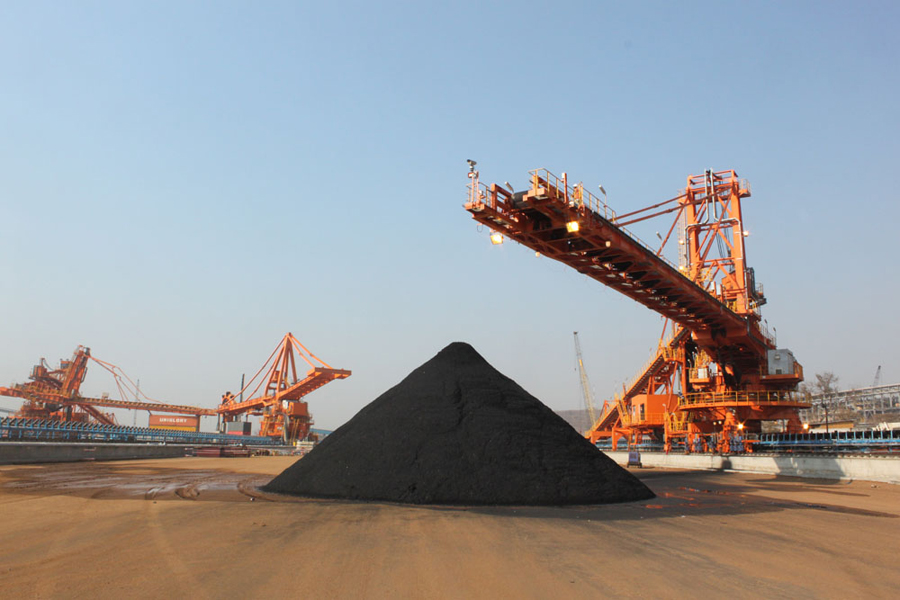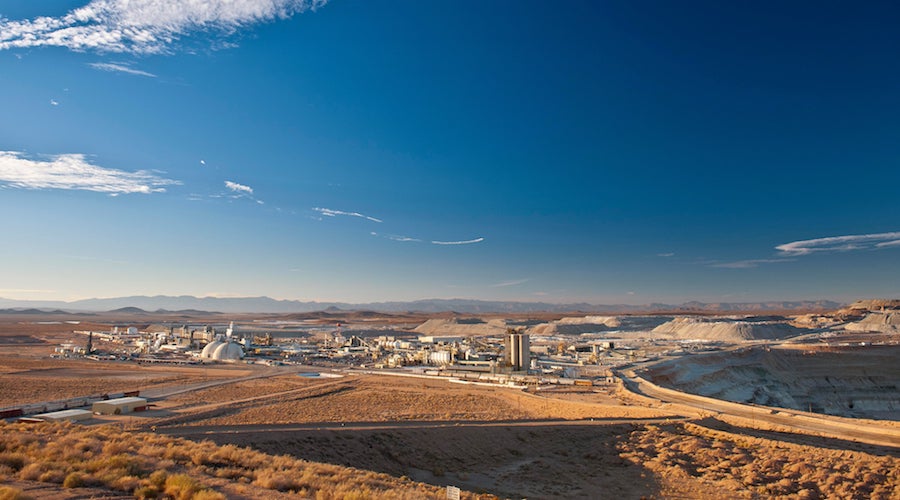Coking coal price slides to 8-month low

The price of coking coal dropped on Monday with the industry benchmark price tracked by the Steel Index down 1.1% to $146.20 a tonne as supply returns to normal levels following tropical storms in Australia in March.
Buyers have looked to other coking coal basins to cover their needs, with Mozambique and the US likely to be the biggest beneficiaries
According to preliminary Chinese customs data released last week, the country imported 22.2 million tonnes of coal (both thermal and met coal) in May. Volumes were down 10.5% from April, but still up 16.6% year on year. Total import for the first five months of 2017 jumped 30% compared to the same period last year to 111.7 million tonnes.
The steelmaking raw material is now trading more than $160 a tonne below its mid-April peak when the price of Australia free-on-board premium hard coking coal jumped to highest since the second quarter of 2011.
That price spike was also the result of flooding in Queensland that saw quarterly contract prices negotiated at an all time high of $330.
The wild swings in the price of coking coal is forcing a rethink of the industry’s long-standing quarterly contract pricing system. In its monthly review, The Steel Index says Japanese steel mills are considering using the monthly average of daily coking coal spot prices and are also looking to diversify their coking coal supply sources:
Buyers have looked to other coking coal basins to cover their needs, with Mozambique and the US likely to be the biggest beneficiaries. Mozambique is currently on track to increase its annual coking coal production levels to 8 million tonnes, a 100% increase on 2016.
A survey of economist and investment bank analysts by FocusEconomics show prices are expected to stabilize through to the end of the year.
The median forecast is for met coal to average $152 per tonne in Q4 2017 and $134 during the final quarter next year. Coking coal averaged $121 a tonne in 2016 recovering from a slump to below $80 a tonne in February last year.
Iron ore’s decline – down 42% from its February peak – took a breather on Monday. The Northern China import price of 62% Fe content ore added 1% to $54.40 a tonne according to data supplied by The Steel Index.
The recent slump has been blamed on domestic Chinese miners returning to the market.
More News
{{ commodity.name }}
{{ post.title }}
{{ post.date }}




Comments